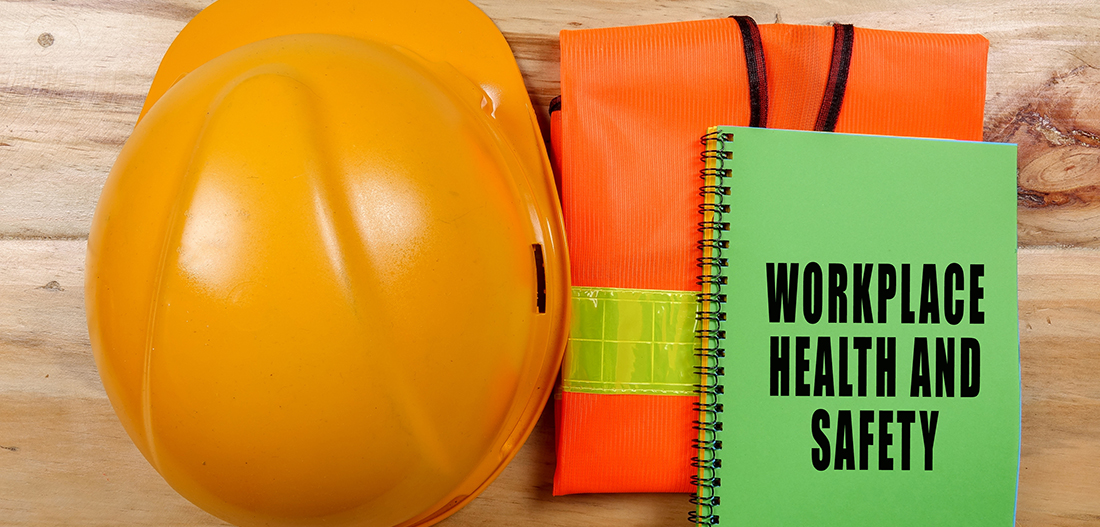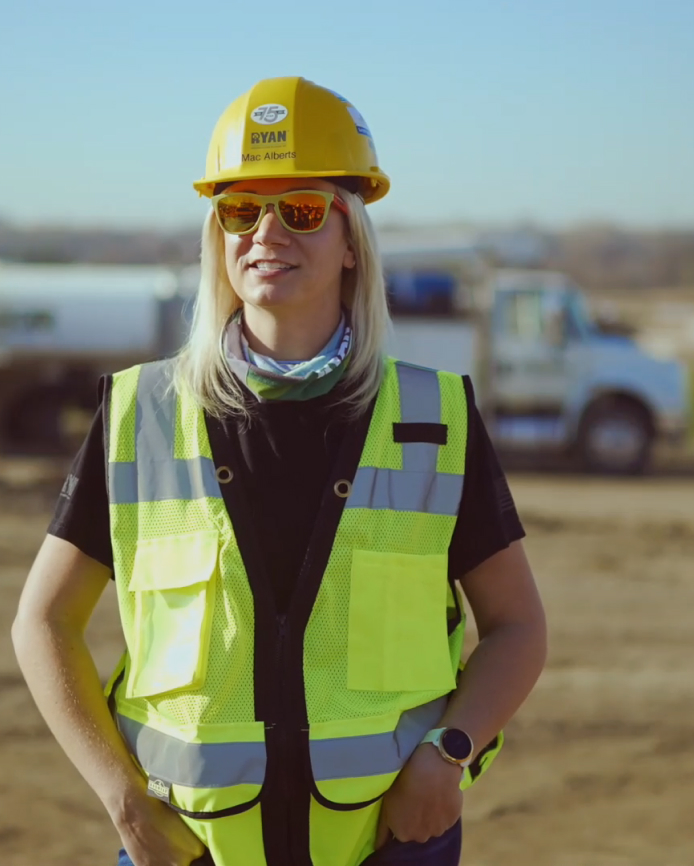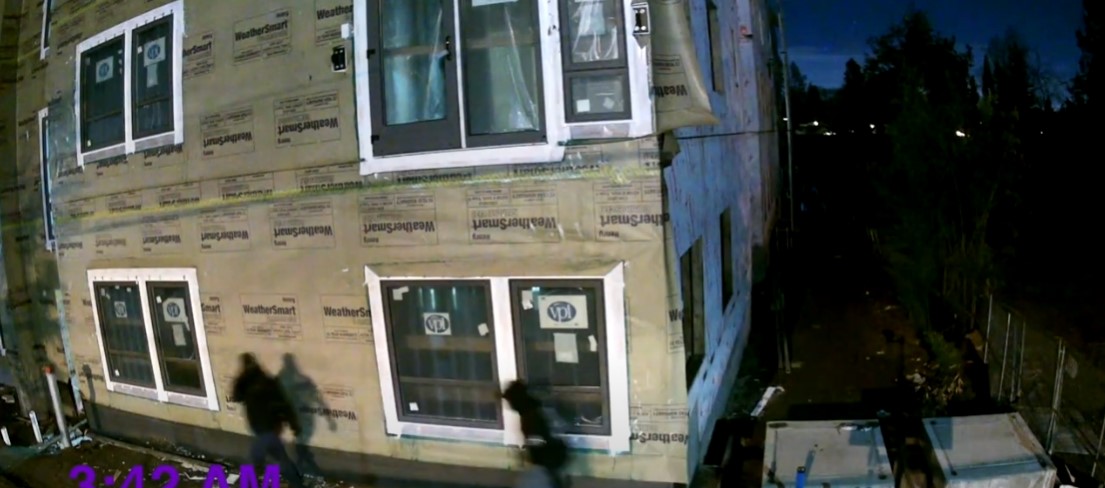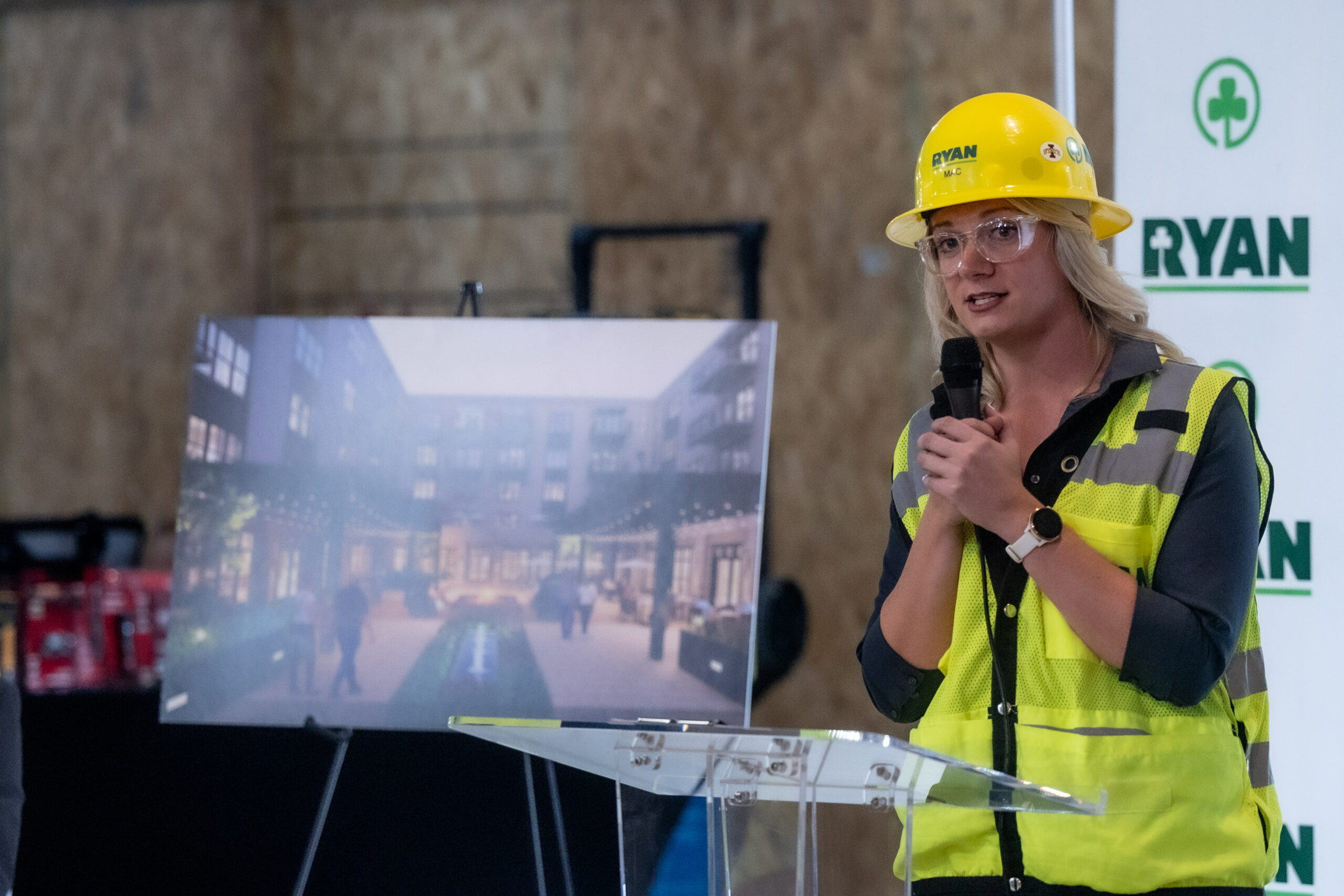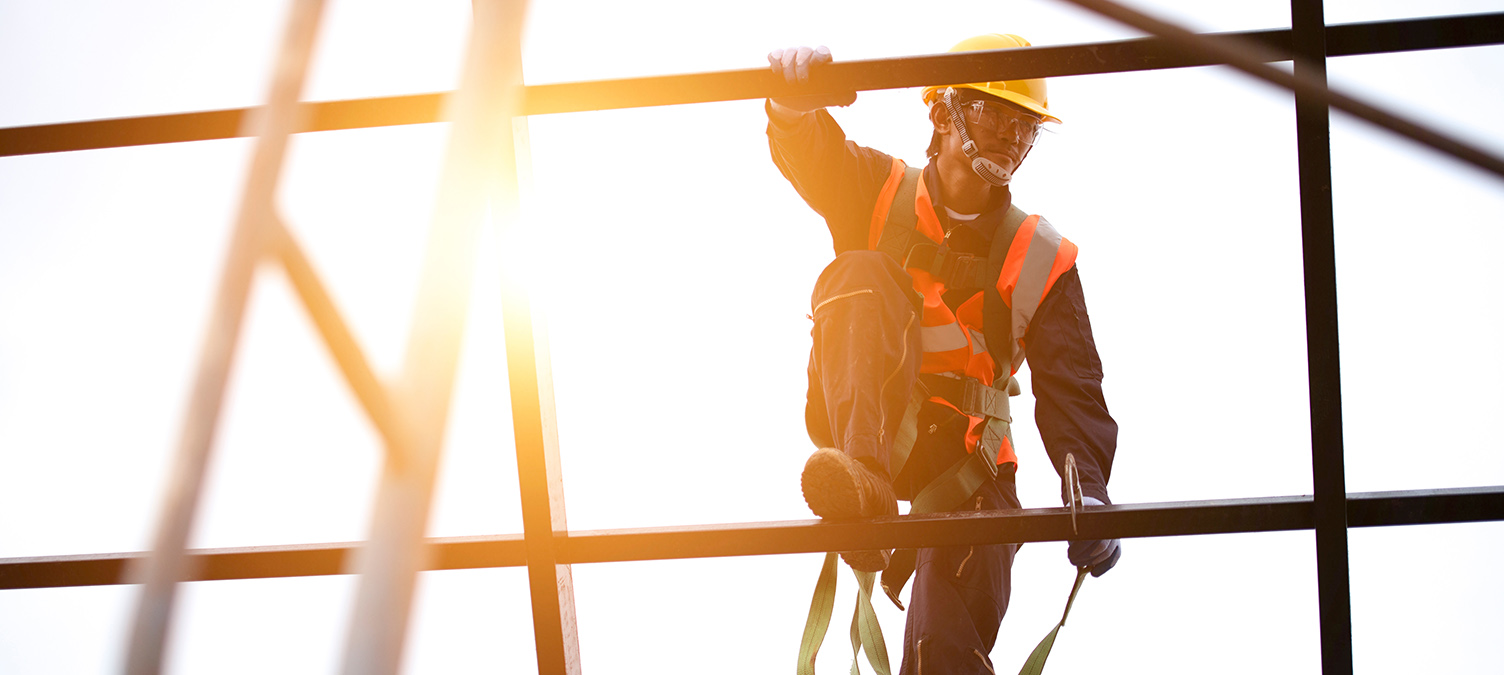As construction safety week comes to a close, we’d like to take a moment to review how safety on construction sites is changing. In recent years, there has been an increased focus on improving safety in the construction industry, with many construction companies implementing stricter safety protocols and procedures.
Aside from compromising the safety, health and well-being of employees, this has business implications that should worry construction companies. Full-time construction workers were absent due to injury or illness for a total of 24.2 million hours (that’s about 2760 and a half years) in 2022 alone. This highlights how poor safety plans result in real world consequences for construction companies including lost work hours and missed deadlines.
The push for better safety on construction sites has been driven by a variety of factors, including a growing awareness of the risks associated with construction work, increased regulatory oversight, and a desire to reduce the number of accidents and injuries on construction sites.
Some of the ways in which construction site safety has been changing include:
The use of technology: There has been an increased use of technology in the construction industry, including the use of artificial intelligence, low light and infrared cameras, drones, 3D printing, and virtual reality. These technologies can be used to improve safety by identifying potential hazards before workers are exposed to them and by providing workers with better training and simulations of dangerous situations.
Increased focus on worker training: Many construction companies are investing more resources in worker training to ensure that employees are aware of potential hazards and are equipped with the knowledge and skills needed to work safely.
Better safety equipment: There has been a push to improve the safety equipment used on construction sites, including helmets, safety harnesses, and protective clothing. This has helped to reduce the risk of injuries and fatalities on construction sites.
Improved communication and collaboration: Construction companies are increasingly using digital tools to improve communication and collaboration between workers, supervisors, and other stakeholders. This can help to identify potential safety issues more quickly and facilitate a more coordinated response.
In 2023, it is possible that we will see continued progress in these areas, as well as some new developments in construction site safety. For example, there may be increased use of artificial intelligence and machine learning to identify potential safety hazards and predict when accidents are likely to occur. Additionally, we may see greater use of wearable technology that can monitor workers’ vital signs and alert supervisors to potential safety issues in real-time. Overall, the construction industry is likely to continue to prioritize safety as a top priority in 2023 and beyond.
For more information about SiteKick and what technology can help you improve safety on your next project, contact us for an informative demonstration of our monitoring and reporting solutions.

